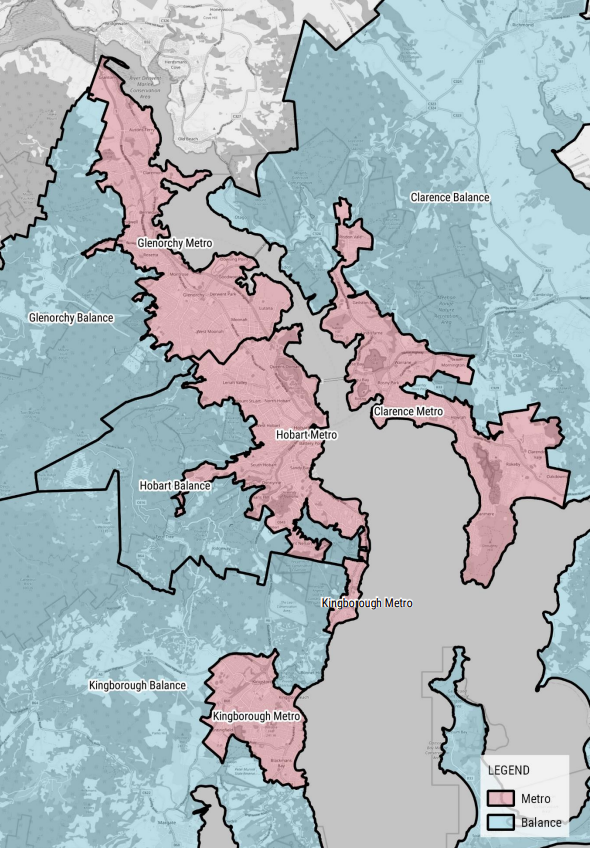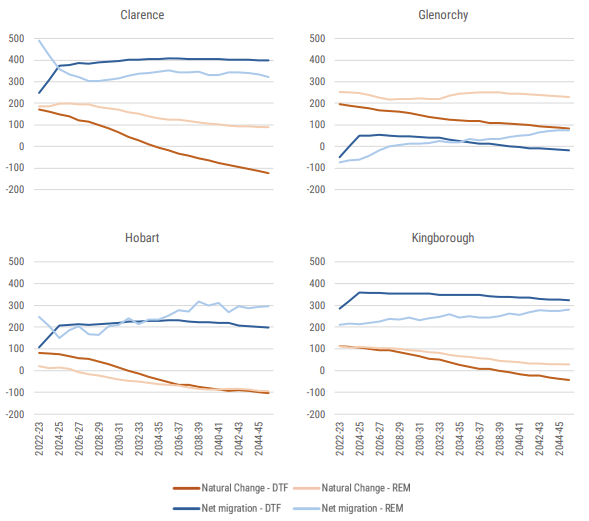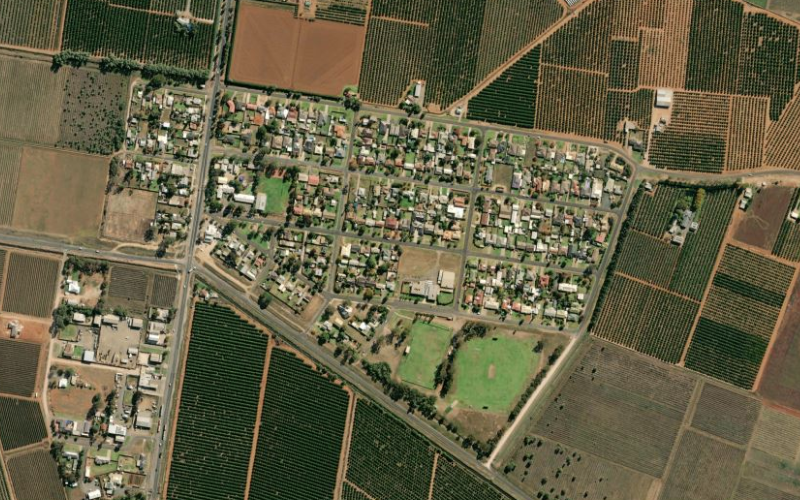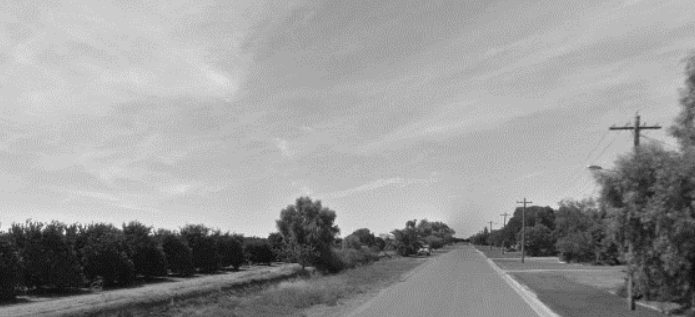Greater Hobart Plan Area Residential Demand and Supply
Greater Hobart is known for its natural beauty, mountains and valleys, hiking trails, the historic streets of Hobart, and the rugged coastlineDate
May 06, 2024

Greater Hobart Plan Area Residential Demand and Supply
Population & Housing Forecasts, Strategy & EngagementBackground
This project is an addendum to the Southern Regional Tasmania (SRT) Residential Demand and Supply Study (RDSS) report. The Greater Hobart Plan Area was not included in the SRT RDSS as it had been investigated during the preparation of the Greater Hobart Plan which was adopted in 2022.
This project is consistent with the SRT RDSS with minor modifications made to the land supply model to account for the metropolitan context of the study area. This report relies on the broader context presented in the SRT RDSS and focuses on the forecast demand, in terms of population and dwelling projections, and available residential land supply. This project specifically focuses on the areas that fall within the Greater Hobart Plan area (i.e. metropolitan areas of the Local Government Areas (LGA) of Hobart, Glenorchy, Clarence, and Kingborough).
Project Goals
The objective of this report is to present forecast population and dwelling demand and residential land supply for the metropolitan areas within Greater Hobart. The reports outcomes are expected to be valuable inputs into the review of the Southern Tasmania Regional Land Use Strategy (STRLUS) and any updated implementation plans for the GHP.
REMPLAN’s Involvement
REMPLAN supports the Tasmanian Government’s State Planning Office by preparing population and dwelling forecasts for each LGA that are not constrained by land supply to provide an estimate of the full demand that can be expected until the year 2046. REMPLAN’s forecasts assume that housing could be delivered to meet demand. REMPLAN will use its inhouse software suite and desktop analysis to provide the forecast for the LGAs.
Results
The LGAs in the Greater Hobart Plan are forecast to increase by 30,782 people and 18,645 dwellings between 2021 and 2046 (or by 27,204 people and 15,950 dwellings between 2024 and 2046). This will increase the total population to 240,993 and the total number of dwellings to 108,470. It is also estimated that there is residentially zoned vacant land to cater for 8,743 dwellings and there is potential for another 5,888 dwellings on underutilised sites. This leaves 8% of future dwellings needing to be provided on land that has not been identified through this process. Given the Greater Hobart Plan’s strong focus on promoting a more compact city with medium and higher density developments in Central Hobart, in and around activity centres, along transit corridors and in urban Greenfield Development Precincts, it may be that the remaining demand could be met on existing urban land that has not been included in this project.









